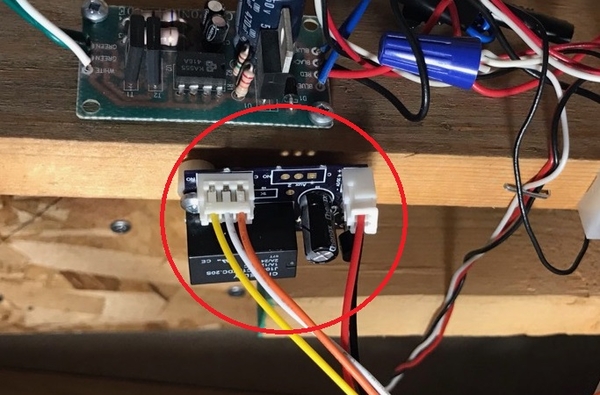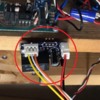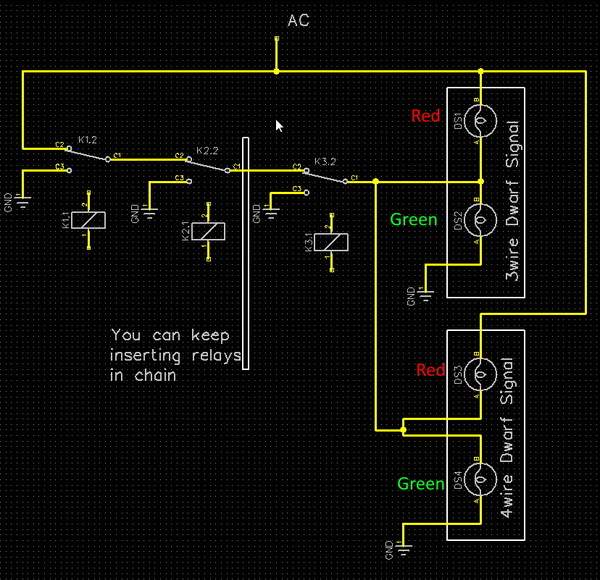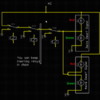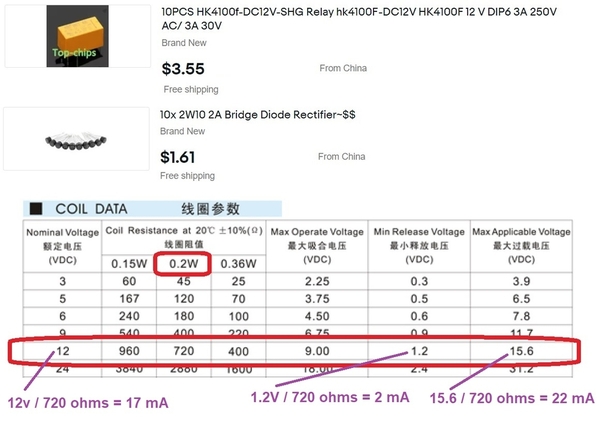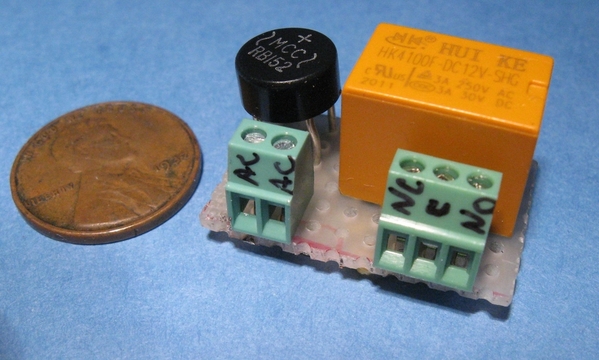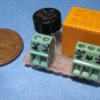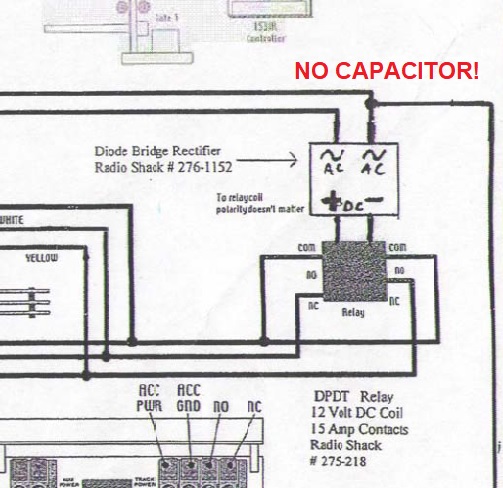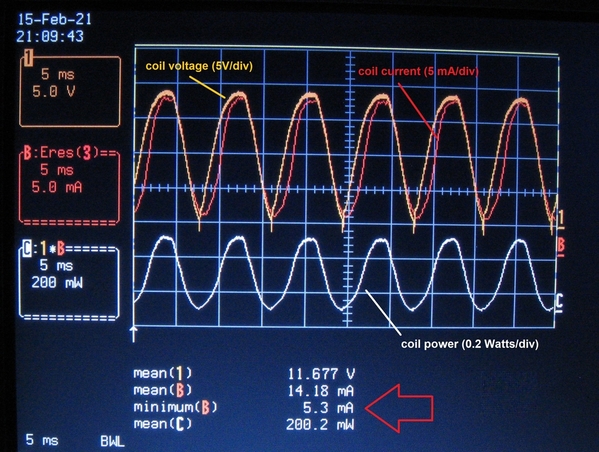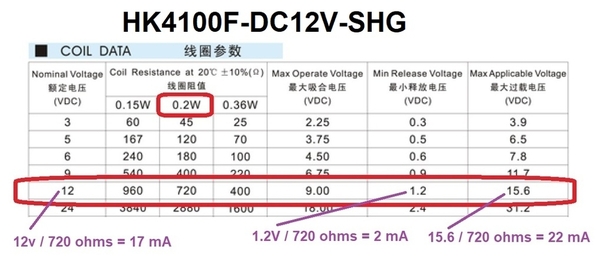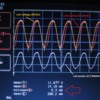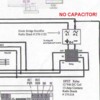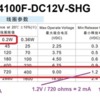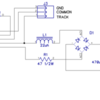In a recent OGR topic there was a great deal of discussion about using Lionel 153IR sensors in parallel, to control a 3 wire 3 color track block signal; titled "Wiring Dual 153IR's to operate one signal light. Can it be done without relays?". (Sorry, I can't get the stupid link to work) Since I was having the exact same problem at that time, it seemed a simple solution was needed.
There are many offshore relay modules and bare relays available, but most require a buck voltage converter ahead, and often a bridge rectifier and filter if the trigger voltage is AC. I wanted to create a compact easy to use module with rectifier, filter, voltage regulation and relay all on one small easy to hookup board. This resulting new board is below and I thought others might benefit from using it. It is ideal around the layout for such chores as driving 2 or 3 wire signals that require one output when triggered and another output when not triggered. A minimal installation needs only 2 input trigger wires and 2 output C-NO wires. It can also operate the ever-popular RK Scale Crossing Gates 30-11012 and similar crossing gates that need to be driven up as well as down.
Here are a couple of pix showing the simple circuit, and finished board and board layout.
I don't have a BOM but the parts are easy to take off from the circuit diagram. Assembly is simple, shouldn't take more than 10 minutes per board.
Here is a pic of my first one installed on the layout. It completely solved the parallel 153IR signal problem for good.
The User Notes are posted below and provide lots more information on installation and operation. The gerber files are also included for use getting some boards made up. OSHPark's price for 3 boards is about $5.50 including regular mail delivery. Your cost per finished board should not be over about $5.00; way cheaper if you go offshore, but slower. Digikey stocks all the parts including the relays in both 5 and 12 volt variations.
I am happy to help with any other needed information.
Rod




